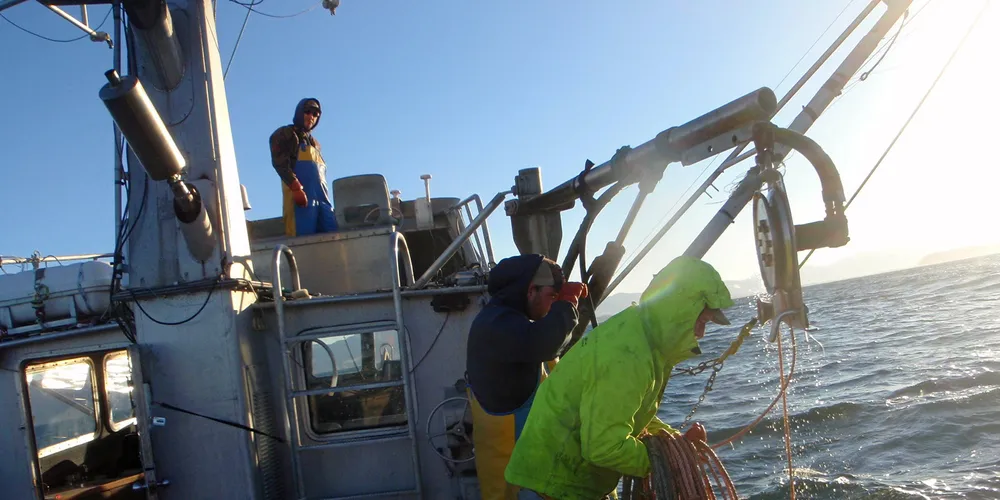'Restart process' | Fisheries council calls for rescinding Oregon offshore wind call areas
Federally designated management body requests BOEM restart development process off state with up to 65GW of capacity to avoid conflicts

A US authorised fisheries management council submitted letters yesterday (Thursday) to federal regulators and the governor of the West Coast state of Oregon calling for the rescinding of designated offshore wind “call areas” off the state’s coastline.
The Pacific Fishery Management Council is one of eight regional bodies designated under federal law with oversight of the nation’s fishing resources.
“Despite the engagement of the Council and multiple fishery stakeholders, the areas being considered for OSW [offshore wind] energy development off the coast of Oregon may not be compatible with fisheries,” said the letter sent by chairman Marc Gorelnik.
“We respectfully request the Coos Bay and Brookings Call Areas be rescinded and that the Bureau of Ocean Energy Management’s (BOEM) not proceed with wind energy areas (WEAs) at this time.”
The Coos Bay area has 10.5GW potential, and Brookings 3.5GW, covering a total area of 1,800 square miles (4,662km2) off the state’s southern coastlines.
Call areas are winnowed down through stakeholder engagement processes before being designated as WEAs, which would then be carved into leases and put up for auction.
The Oregon legislature in 2021 passed a bill that aims to see up to 3GW of floating wind integrated into the state-wide grid by 2030, and recently elected governor Tina Kotek is a supporter of renewable energy.
The Council requests that “BOEM restart the process of identifying Call Areas off Oregon by considering all areas greater than 12 miles (19 km) offshore, including areas deeper than 1,300 metres.” The Council noted in its letter that the Central Atlantic call areas extend into waters as deep as 2,600 metres, and said these depths are “not necessarily prohibitive to floating OSW development”.
After re-starting the process, the Council further calls for the use of “spatial planning tools to help minimise OSW development impacts to fisheries and ecosystem resources.”
The Council clarified that it “is not opposed to the development of OSW energy” and seeks a process that “adequately considers multiple ocean uses,” the letter said.
The deep, cold waters of the US northern Pacific are among the world’s most productive fisheries, and Oregon’s fishing fleet generates an annual average of $500m revenue and employs some 9,200 people, according to the Oregon Department of Fish and Wildlife.
The National Renewable Energy Laboratory estimates the state has some 65GW of technical offshore wind energy potential. Even a modest 5.5GW capacity target by 2050 would “support between $4.6bn and $5.7bn in construction-phase economic activity between 2020 and 2050”, and create thousands of jobs.
(Copyright)